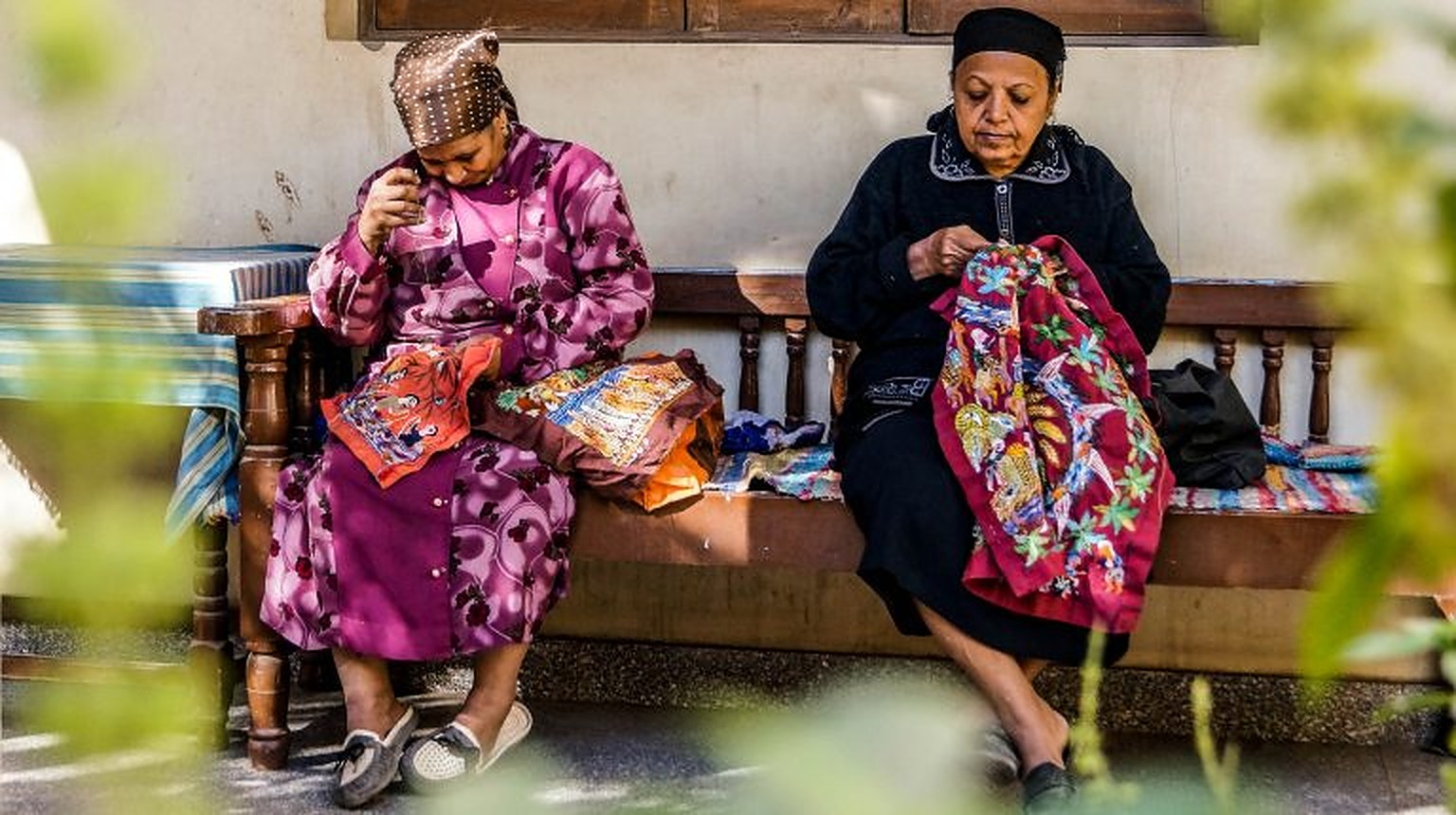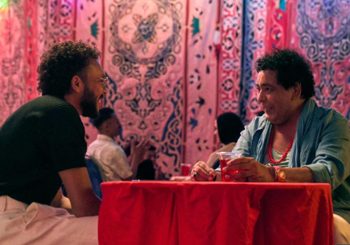Egypt’s visual culture is distinctively multidimensional, though what remains relatively unknown to the public is the fact that Egyptian women are the brain behind many of the visual designs that encapsulate Egypt’s identity.
Many villages in Egypt are home to unique crafts that are nearly going extinct due to negligence and lack of support; one example is Akhmim village, located in Sohag governorate, which is famous for its high-quality wool and linen textiles. These textiles and crafts were manufactured with the intron of of developing a certain aesthetic, as they symbolized more than just a means to earn income, but to transfer legacies of creative expression of women.
According to Noha Ali Radwan, lecturer at Beni Suef university in the department of textile printing, Egyptian women, who brought about the creation of these visual designs, did not receive adequate attention or recognition for their work, nor enough research on how their aesthetic prints can serve as a source of contemporary design.
Akhmim’s creative expression

Unlike Cairo, Egypt’s villages are only partially and slowly unaffected by modern changes and influences, such as urbanization. Carrying the power to extend us across the boundaries of time, Upper Egypt’s villages hold the seeds of Egypt’s civilization and many industries, as it is one of the only remaining tangible evidence of Egypt’s past.
From traditional crafts to cultivating crops, such as the Egyptian cotton, Egyptian villages have gained widespread fame for their textiles, agriculture and embroidery, which also featured many symbols and scenes from rural life, saints and martyrs.
During the ancient Egyptian, periods, Akhmim was an ancient city that was often regarded as the centre for hand woven textiles. Throughout the Roman, Coptic, and Islamic periods, Akhmim’s renowned reputation for hand-loomed cotton and linen persisted.
Women artists in Akhmim use the spontaneity technique to reflect objects or landscapes from their environment in a manner that is not too rigid or susceptible to templates, and is instead guided solely by simplicity, personal daily life, and traditions.
Surrounded by ancient Egyptian monuments and inscriptions in the village, Egyptian women were also largely influenced by their heritage, which impacted their imagination and artistic spirit.
These women artists’ visual experiences have been greatly enriched by the paintings that capture the distinctiveness of the rural environment through its language of trees, rivers, flowers, palm trees, animals, and birds in all their forms, as well as landscapes of fields and farms.

For instance, in one hanging textile artwork , Egyptian artist Ayda Kamal beautifully depicts cotton harvesting in Egypt by women in the Akhmim village. Distinguished by its simplistic and spontaneous style, the painting uses softer colours and shapes, while focusing instead on the connection between the women farmers and their rural environment.
Another embroidery by Egyptian artist Amal Elia illustrates more strongly the connection between rural inhabitants and their natural environment, bringing to life the vibrancy of rural Egypt through a distinctive aesthetic that highlights the greenery of Egypt.
In her research, Radwan points out that Egypt can continue to benefit and honor the artistic heritage of Egyptian women artists, who have played an important role in influencing Egypt’s visual culture and identity through their embroidery and design.
Rather than simply document these artistic works, Radwan goes even further by proposing to to blend traditional visual art with modern textile printing designs, which still preserve Egypt’s distinctive visual identity.
Through this blend, Egypt’s visual culture defines an artistic process that forges connections with nature, women, heritage and identity.






Comment (1)
[…] today’s fashion moment should not be reserved exclusively for the urban fashion community. Many villages in Egypt are home to unique crafts that are nearly going extinct due to negligence and lack of […]